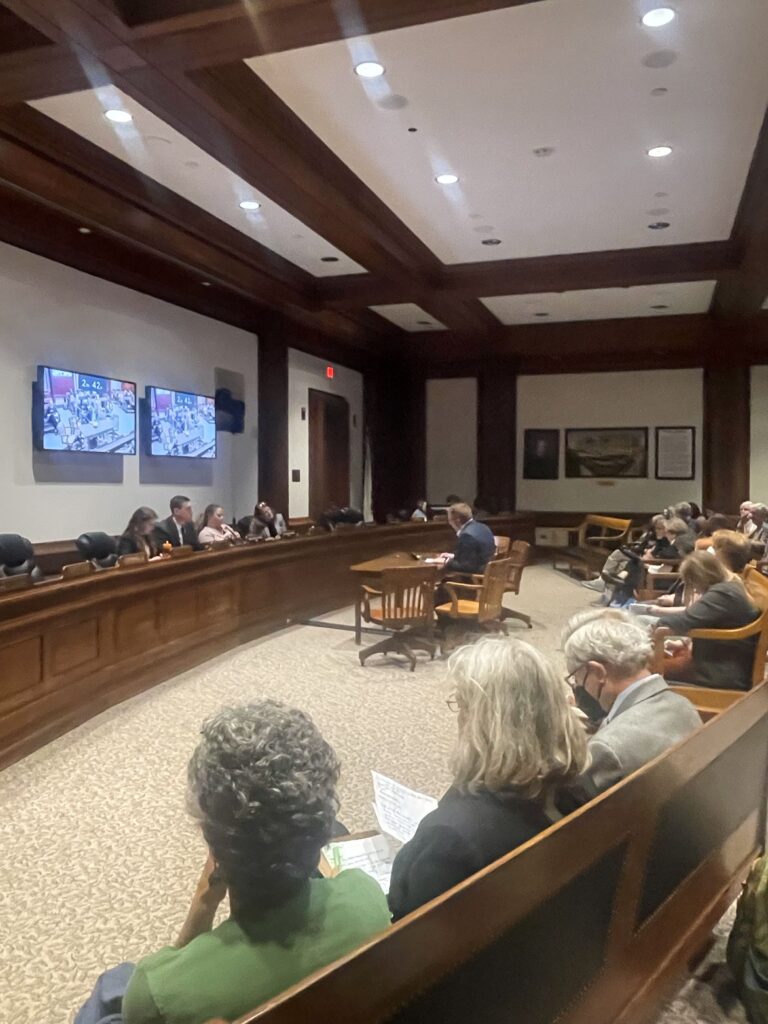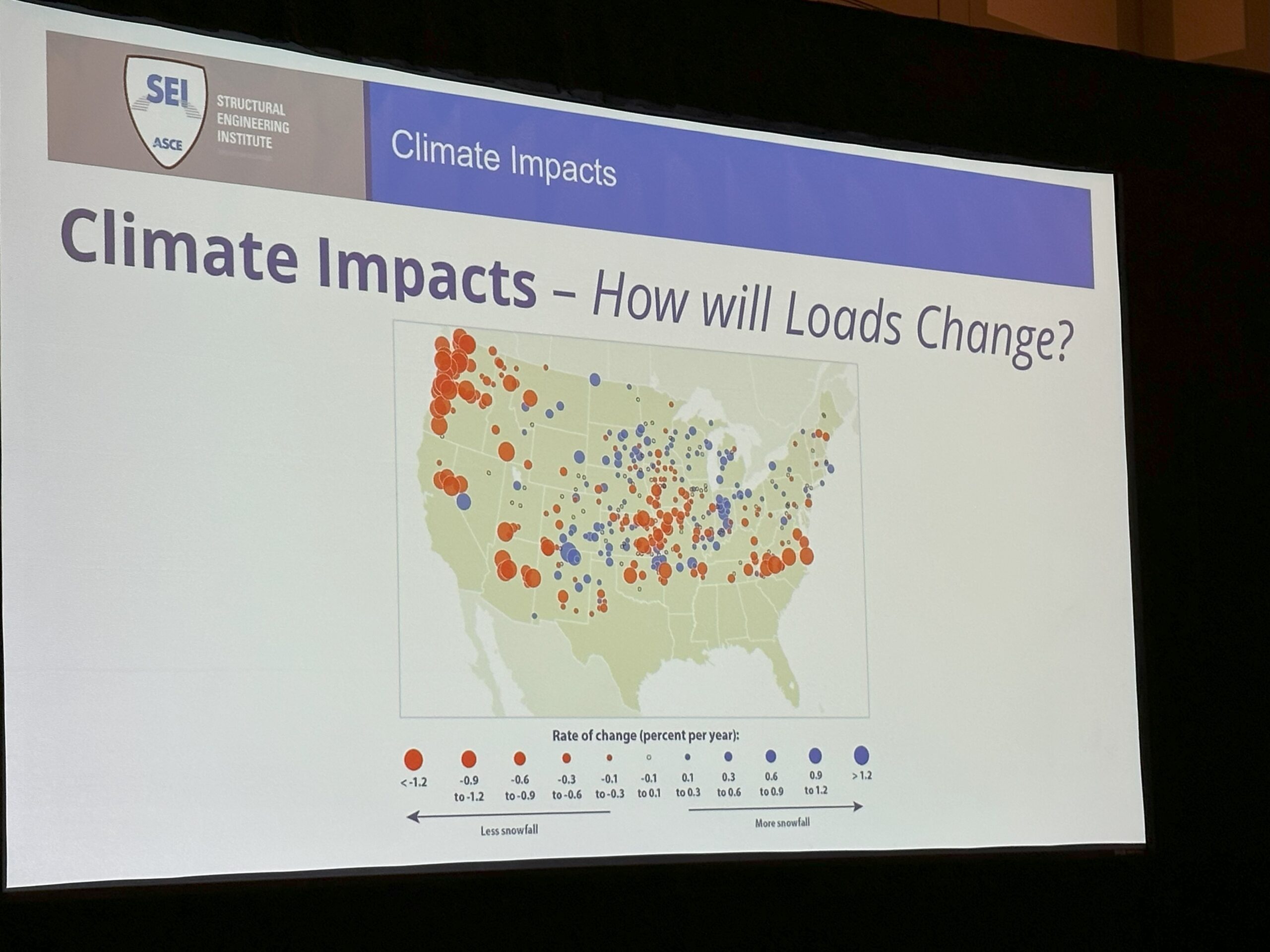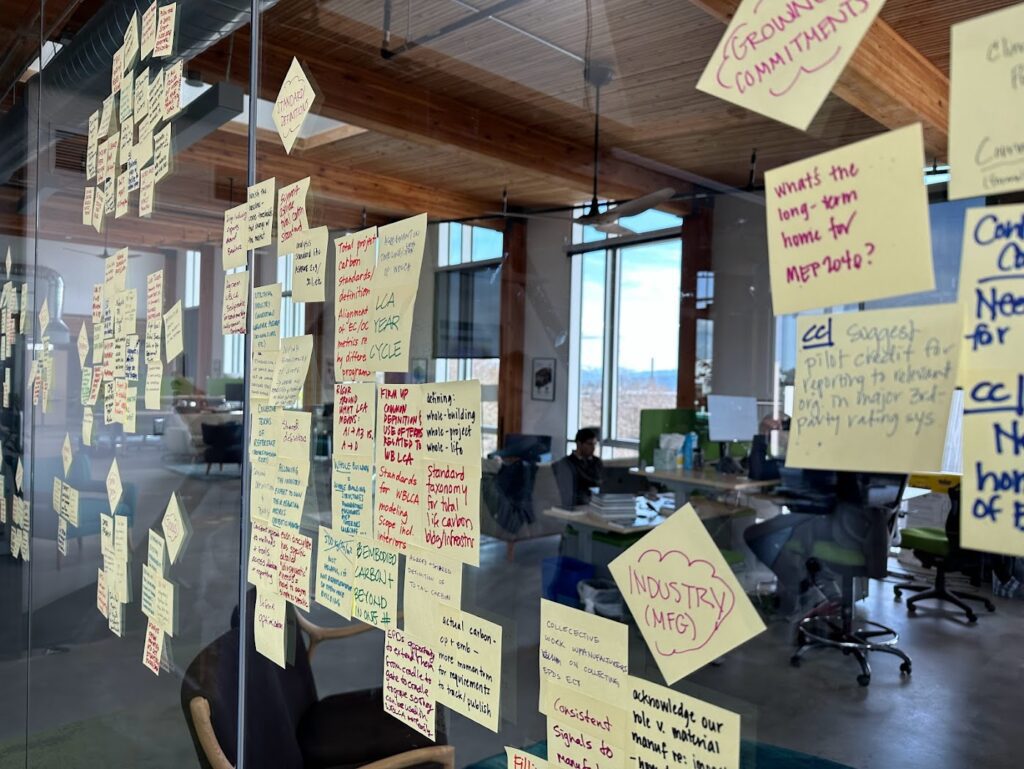H.764 – An Act incorporating embodied carbon into state climate policy
One of the critical bills that addresses embodied carbon in the state, H.764 An Act incorporating embodied carbon into state climate policy, had a hearing in front of the Joint Committee on Environment and Natural Resources on May 17. As summarized on the Massachusetts Climate Action Network’s (MCAN) website, this legislation proposes the following:
- Establishes a state advisory board to address embodied carbon
- Requires the Department of Energy Resources to put forward recommendations and best practices for measuring and reducing embodied carbon
- Requires a report outlining effective regulation strategies for reducing embodied carbon
- Requires the measurement and reduction of embodied carbon to be incorporated into the stretch and specialized stretch energy code
Several members of the local AEC community provided verbal testimony on behalf of H.764. Participants were given three minutes (which they most definitely held everyone to!) to complete testimony with additional time given to respond to any questions members of the committee might have. Michael Gryniuk, as a local practicing structural engineer and current chair of SE 2050, spent the majority of his allotted time highlighting the embodied carbon associated with conventional structural materials and structural embodied carbon ‘wins’ in the Commonwealth.
We have the technology to make substantive embodied carbon reductions in our structural systems today, right now, without significant impacts to schedule and cost, if done thoughtfully, deliberately, and introduced during the early design phases
Michael Gryniuk, Founder and Principal
The testimony for H.764 took place after testimony for several other bills, which in of itself, was interesting to observe. H.764 had a strong showing with several local practitioners and educators also offering testimony, both in person and through the remote option. We will continue to see how this legislation moves through the committee and work on collectively advocating and educating the legislatures. We’ve already connecting with a few of the legislatures and looking forward to trying to make this bill a reality.
Other legislation making its way through the legislation, and listed on MCAN’s website, are:
- H.764/S.2090 An Act Incorporating Embodied Carbon into State Climate Policy
- Sponsors: Rep. Ciccolo & Rep. Owens, Sen Comerford
- H.3035/S.1981 An Act requiring state procurement of low-carbon building materials
- Sponsors: Rep. Garballey, Sen Creem
- S.1982/H.3002 An Act relative to the use of low-embodied carbon concrete in state projects
- Sponsors: Rep. Cahill, Sen. Creem




